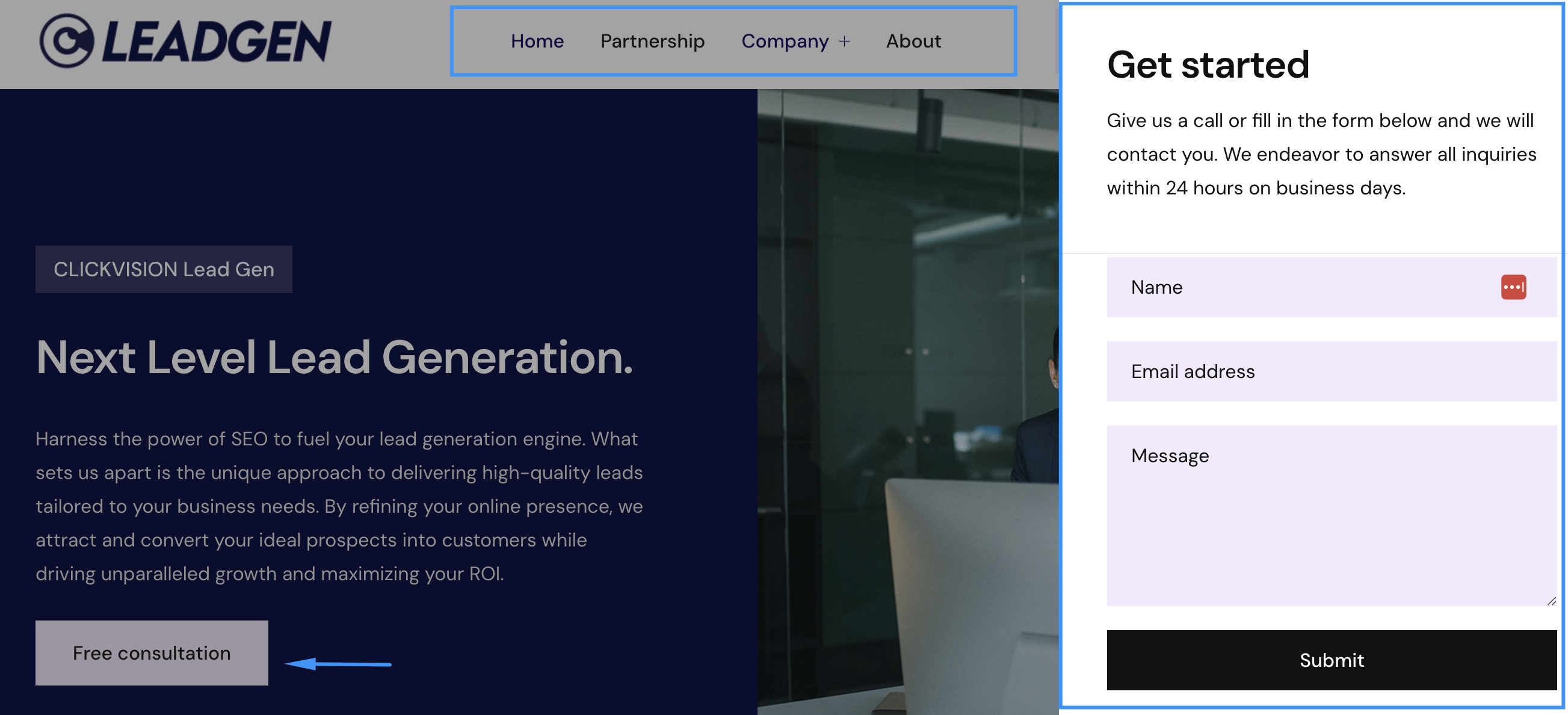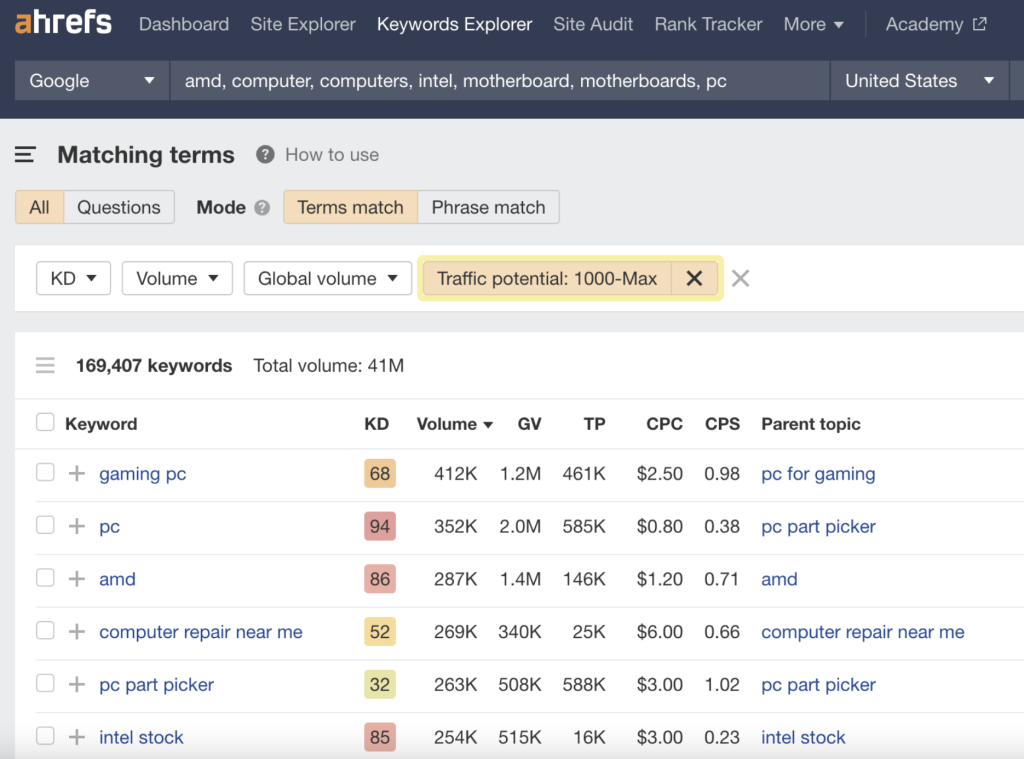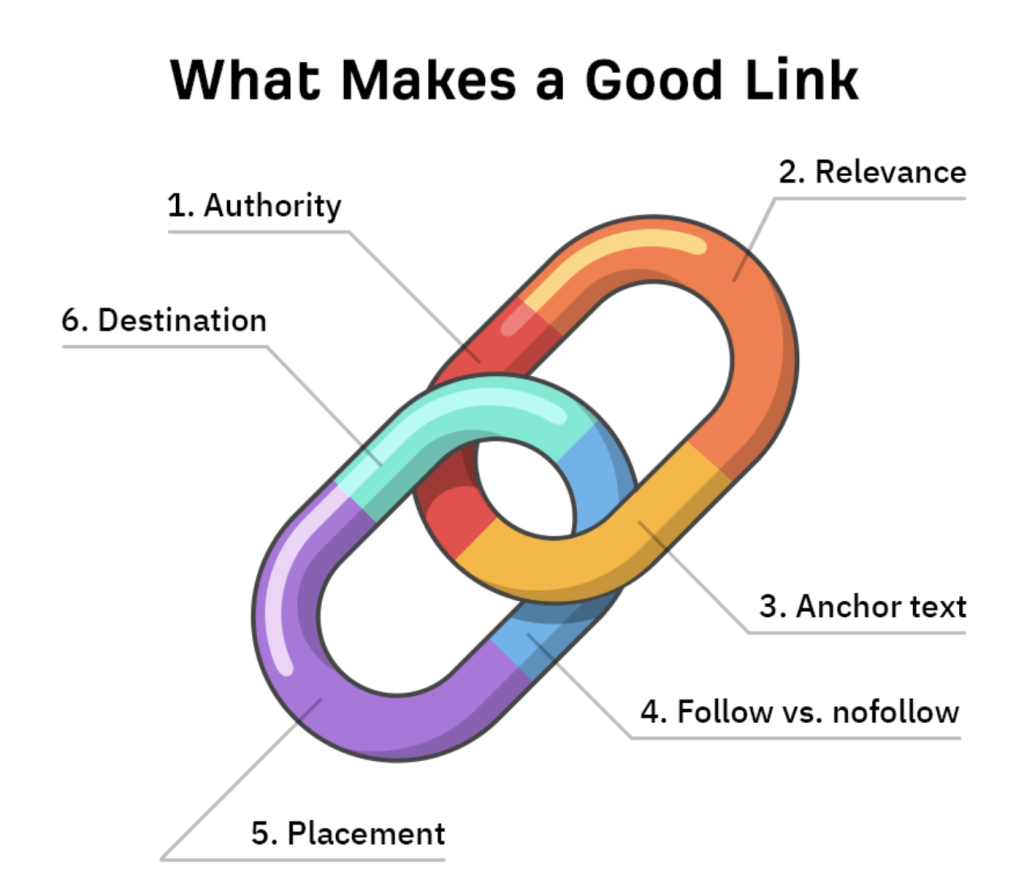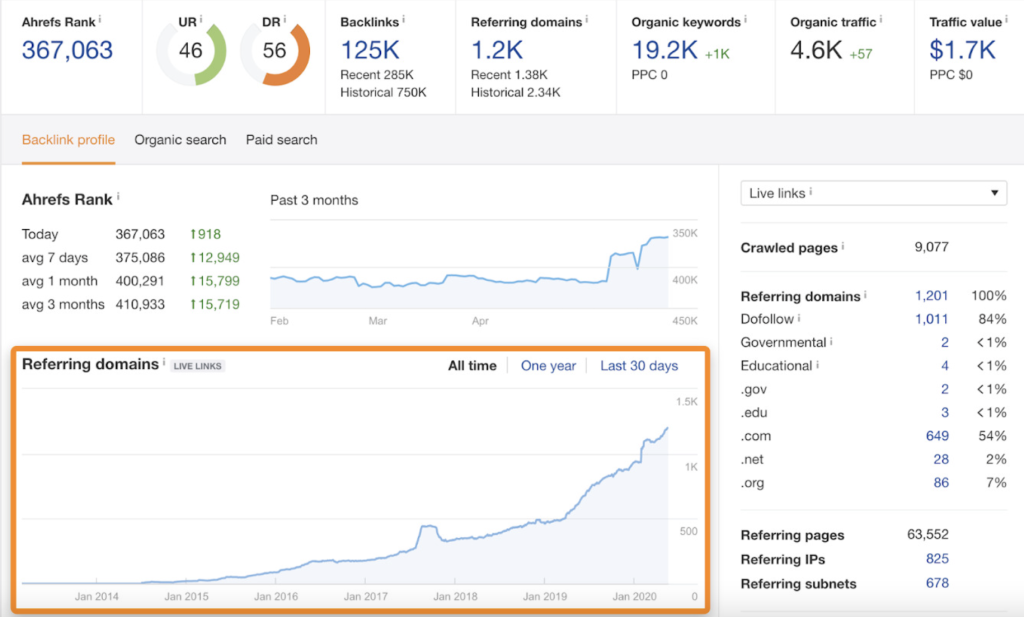In today’s dynamic and ever-evolving business environment, lead generation stands as a vital part of any company seeking to boost conversion rates and drive growth. Expanding your organization demands a robust lead generation strategy, with SEO practices emerging as powerful tools for sustainable scaling. By leveraging these techniques, you can tap into a vast pool of potential prospects, ensuring long-term success in a crowded and highly competitive market. But how to generate SEO leads?
Below, you’ll learn all about generating leads through core SEO strategies and content optimization methods!
How to Generate SEO Leads
SEO leads are individuals or businesses interested in the SEO services offered by an organization or agency. Generating and converting these leads promotes greater control over your client base and growth.
However, many organizations struggle with lead generation due to the complexity of attracting and converting potential clients. That’s why, before generating SEO leads, it’s useful to categorize them into three main groups based on their level of interest. This includes:
- Cold leads – have no prior interest in your company but fit your ideal customer profile
- Warm leads – prospects familiar with your business but have not yet shown interest in your services
- Hot leads – are actively seeking your SEO services, are highly engaged, and demonstrate preparedness for a direct sales approach and quick conversion
By dividing leads, you allow for more organized and tailored SEO for lead generation and direct marketing, increasing the chances for conversion by addressing each lead’s specific demands and readiness to follow through with the purchase. But how to generate leads through SEO?
Some of the best practices to generate SEO leads are through:
- Optimizing your website
- Blogging with an SEO-optimized content
- Keyword research
- Link building
- Keeping your content updated
1. Optimizing your website
Optimizing your website for search engines and conversions is critical to driving traffic and turning visitors into leads. By ensuring you create an attractive and user-friendly online environment, you increase visibility by upholding high ranks in search engine results. This helps enhance the likelihood that potential customers will find and engage with your content.
To optimize your page for lead conversions, you can incorporate clear calls-to-action (CTAs), such as contact information and chatbots prominently on your home page. Additionally, include other dedicated service pages to generate leads like comprehensive “About Me” pages, case studies, and testimonials to build credibility, reliability, and trust among visitors.
However, optimizing your website for SEO leads and conversion goes beyond ensuring visibility and including additional pages and contact info. It encompasses enhancing website speed, ensuring mobile responsiveness, and improving user experience.

2. Blogging with SEO-optimized content
Building a blog with SEO-optimized content is a powerful method for effective and optimal lead generation. By frequently and consistently publishing blog posts, you can maintain a fresh and engaging website, which is critical for search engine rankings, that will potentially attract visitors while also enhancing conversions. Once you have a list of the target keywords with high search volume, you can optimize your content to fit the ideal profile customer needs and priorities.
Some of the key practices include:
- Performing relevant keyword research to naturally incorporate targeted terms
- Using headings and subheadings like H2, H3, and H4 for better readability and SEO
- Adding external and internal links to enhance usability and distribute link equity
By optimizing blog posts, you ensure your site offers well-formatted and high-quality content that will improve user experience and attract a highly targeted audience actively seeking information or solutions related to your industry. Essentially, maintaining an SEO-optimized blog can drive more traffic to your site organically, enhancing your lead generation efforts and promoting organizational growth.

3. Keyword research
Keyword research plays a critical role in SEO lead generation techniques as it helps you understand user intent, allowing you to craft relevant content that aligns with potential leads’ searches. The key concept of keyword research for lead generation involves core aspects of SEO strategies aimed at generating leads. It contributes to SEO lead generation in a number of ways, including:
- Understanding user intent – keyword research enables you to identify what information or solutions users are searching for, allowing you to tailor your content to meet their diverse needs and interests.
- Targeting long-tail keywords – long-tailed keywords are particularly useful in lead generation, as they are more specific and niche-focused.
- Optimizing content – by detecting relevant keywords, you can optimize your content for higher rankings in search engine results, increasing visibility and leads.

4. Link building
Optimizing your website with link-building strategies is paramount when generating SEO leads. This contributes to higher ranks in search engines, which in turn attracts more visitors and traffic. Subsequently, this increases the likelihood of turning visitors into leads, resulting in increased conversion rates and ROI.
However, building high-quality backlinks requires a nuanced knowledge and understanding of what are the different SEO techniques and lead generation through SEO practices many organizations struggle with. If you’re seeking SEO services, CLICKVISION Lead Gen can provide expert assistance, as we excel in optimizing online presence with exceptional backlinking opportunities, driving organic traffic to your website.
Some core factors for earning quality backlinks you should focus include:
Replicating competitors’ best backlinks
Replicating competitors’ backlinks is one of the wisest ways to tap into new link-building opportunities and improve SEO for lead generation. Identify their top-performing backlinks, analyze these links using innovative software or tools, and select backlinks with good authority and relevance to your site. Then, reach out to the linking domains and sites to offer similar content and collaborations.
Analyze competitors’ mentions
Analyze and monitor competitors’ mentions online and engage with potential opportunities for mentions and backlinks through social media, forums, or websites.
Build backlinks with infographics
Craft captivating and visually appealing infographics related to your industry niche, submit them to popular directories, and share them on social media platforms. When reaching out to individuals who have shared similar infographics, you pave a path for potential collaborations and backlinking opportunities.
Guest blogging
Contribute with high-quality guest posts to reputable websites in your industry niche. Ensure your guest blogging provides value and well-written content to attract readers and backlinks, potentially helping you increase leads and conversion.
Build a solid internal linking structure
Utilize internal links to enhance website usability and guide visitors to relevant content and landing pages. However, when doing so, you must avoid overusing internal linking in order to maintain a natural linking structure.

Source: ahrefs.com
5. Keeping your content updated
Keeping your content updated has several benefits that can significantly contribute to lead generation efforts and, ultimately, conversion rates. However, maintaining fresh and relevant content goes beyond only improving SERP rankings, as it also boosts user engagement and trust. Here are the key advantages of upholding regular content updates and strategies to maximize its impact on SEO leads and user experience:
Enhanced authority and experience
Maintaining regularly updated content and upholding industry trends positions you as a thought leader in your domain, building trust and credibility while attracting more visitors and potentially turning them into leads. Incorporating multimedia elements for richer user experience is key for optimized performance.
Improved user experience
Updated content keeps users engaged and informed, contributing to trust and lowering drop-off rates. This leads to higher conversion rates, so collecting user feedback and analyzing behavior can allow you to craft relevant content that aligns with potential leads’ searches.
Correction of errors
Regular updates allow organizations to detect and correct potential issues with content creation, including grammar mistakes, broken links, or outdated information. This will maintain error-free content, enhancing website credibility and user experience. Using checklists for proofreading, fact-checking, and link validation is best for keeping your content optimized and valid.
Higher search engine rankings
Search engines reward fresh and relevant content with higher visibility, meaning that when you update your content, you attract Google’s algorithms, positioning your blog higher in SERPs.

Conclusion
Where expansion is paramount, SEO practices emerge as the most effective and powerful strategy for generating substantial leads for any organization seeking sustainable growth and success in today’s crowded market. That’s why learning how to generate SEO leads is crucial for businesses to stay competitive.
Prioritizing website optimization, SEO-optimized content, robust keyword research techniques, and link-building strategies will not only ensure exceptional visibility and relevance but also contribute to profitability in the ever-evolving digital landscape.

Dimitar is a seasoned marketing specialist and the visionary behind CLICKVISION. With over 10 years in digital marketing, he excels in crafting marketing strategies that boost rankings, which in return increase leads, conversions, sales, profits, and ROI.
